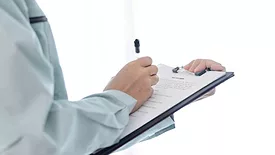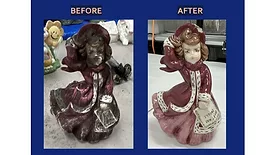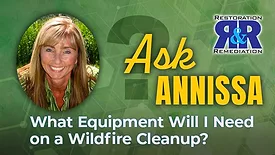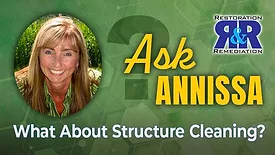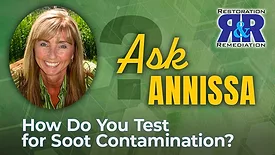Fire and Smoke Damage Restoration
After catastrophic fire, homeowners have treasured collection restored by 1-800-Packouts of Southeast Massachusetts
Ceramic Keepsakes Saved from Soot After Fire Thanks to 1-800-Packouts of Southeast Massachusetts
May 30, 2025
Following devastating fire, Aurora family has precious memories preserved by 1-800-Packouts of Northern Illinois
1-800-Packouts Helps an Illinois Family Preserve Memories After a Devastating House Fire
May 29, 2025
Ask Annissa
What Equipment Will I Need on a Wildfire Cleanup?
Essential Equipment and Strategies for Wildfire Restoration
Read More
The Logistics of Doing CAT Work in Another State
Navigating Legal and Regulatory Challenges for Wildfire Cleanup Across State Lines
Read More
Ask Annissa
What About Structure Cleaning?
Master the Art of Wildfire Restoration with Expert Cleaning Tips
Read More
Ask Annissa
How Do You Test for Soot Contamination?
Key Strategies for Detecting Post-Wildfire Property Contamination
Read More
Stay ahead of the curve with our eNewsletters.
Get the latest industry updates tailored your way.
JOIN TODAY!Copyright ©2025. All Rights Reserved BNP Media.
Design, CMS, Hosting & Web Development :: ePublishing
